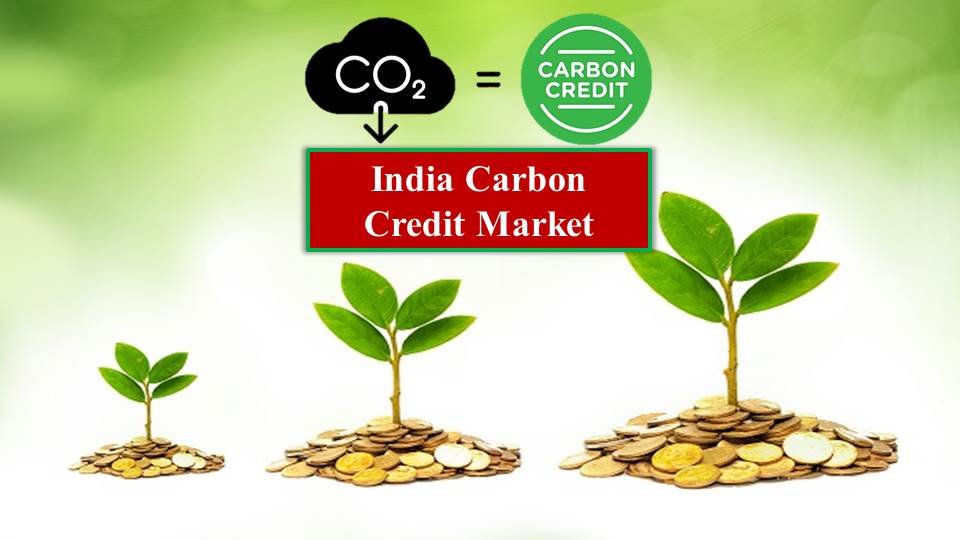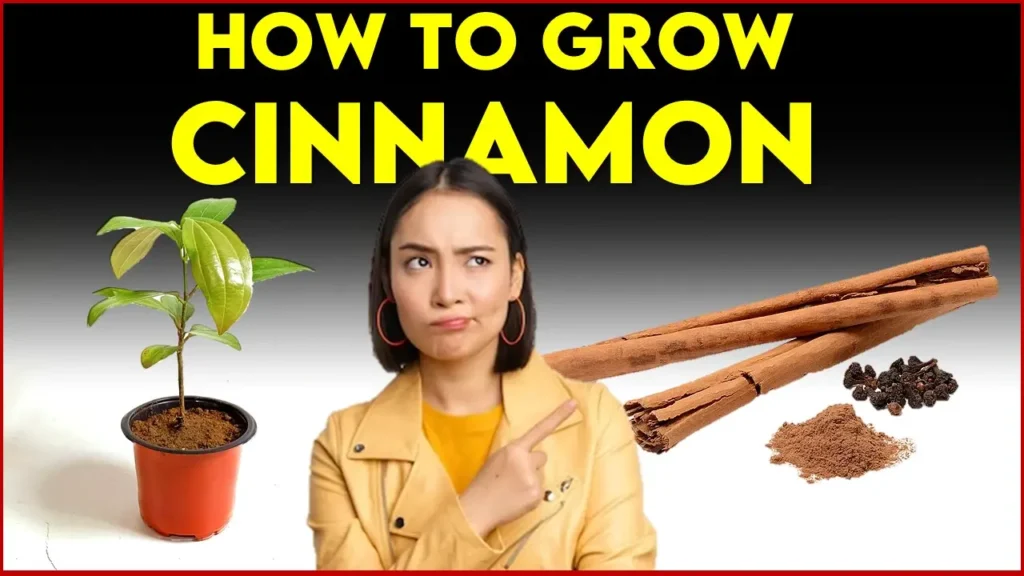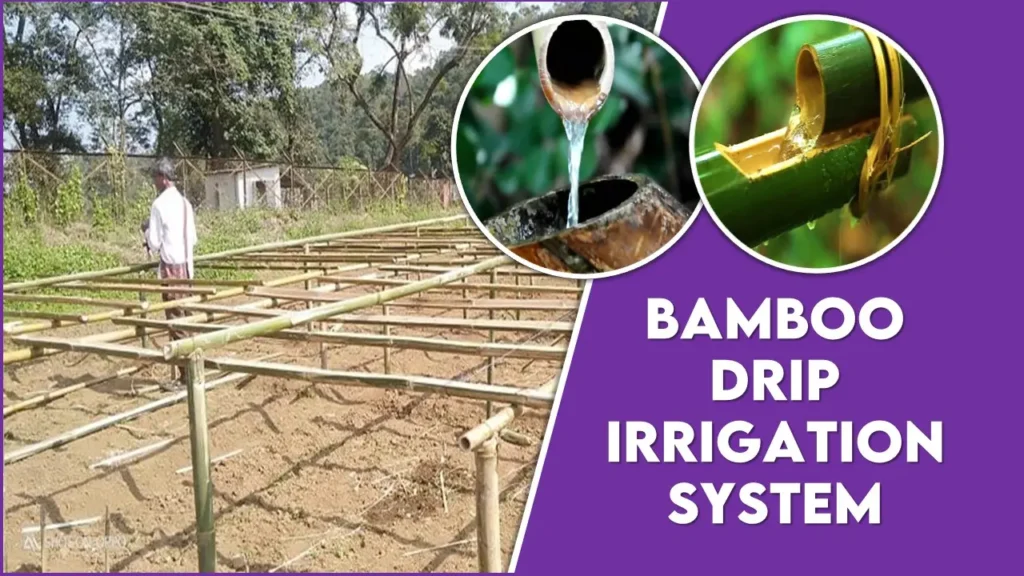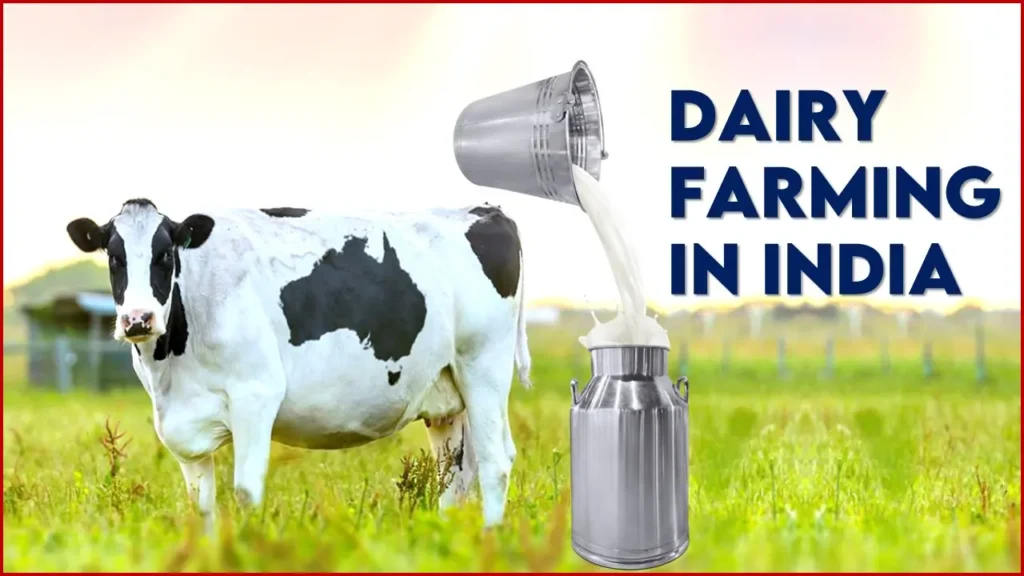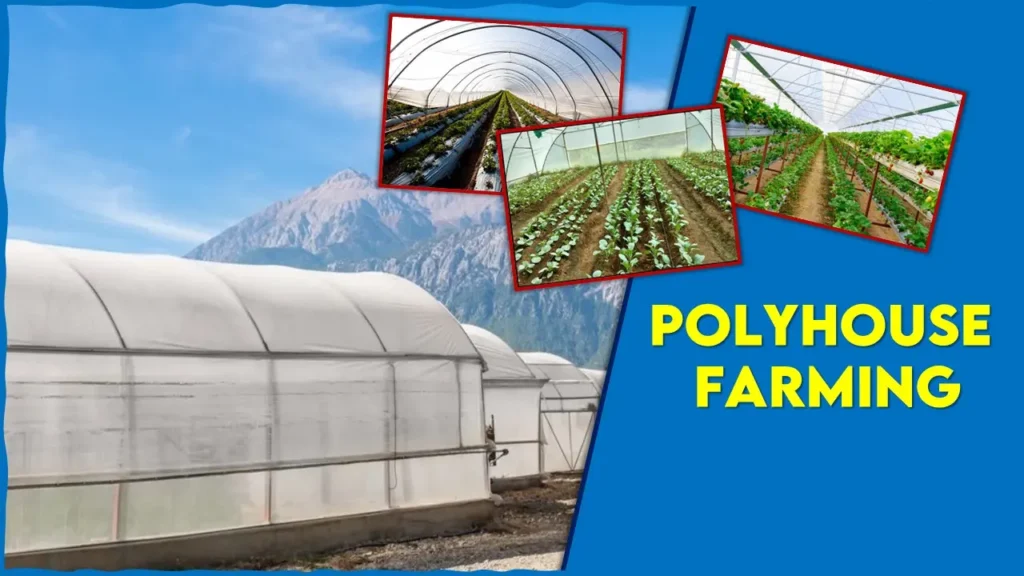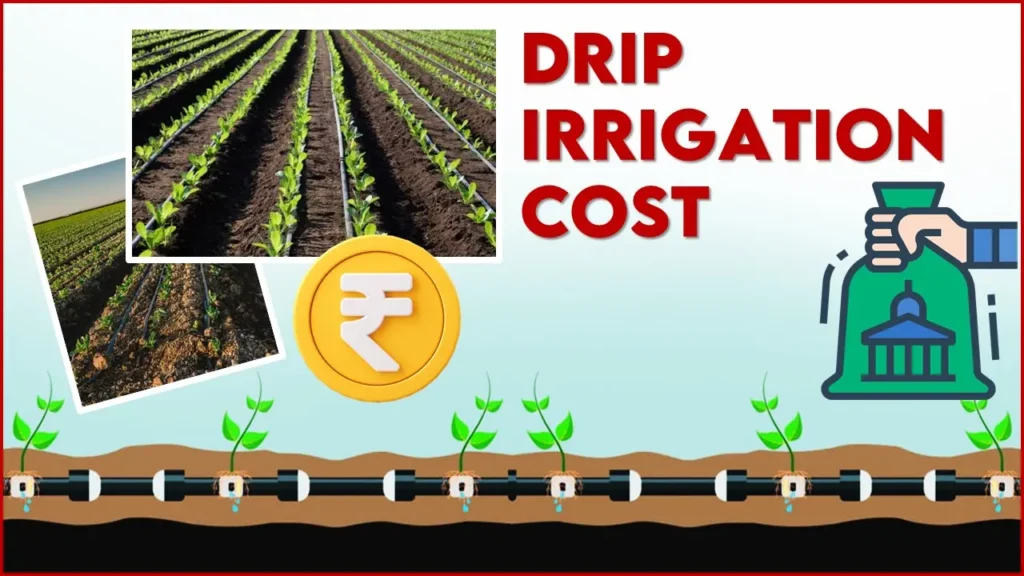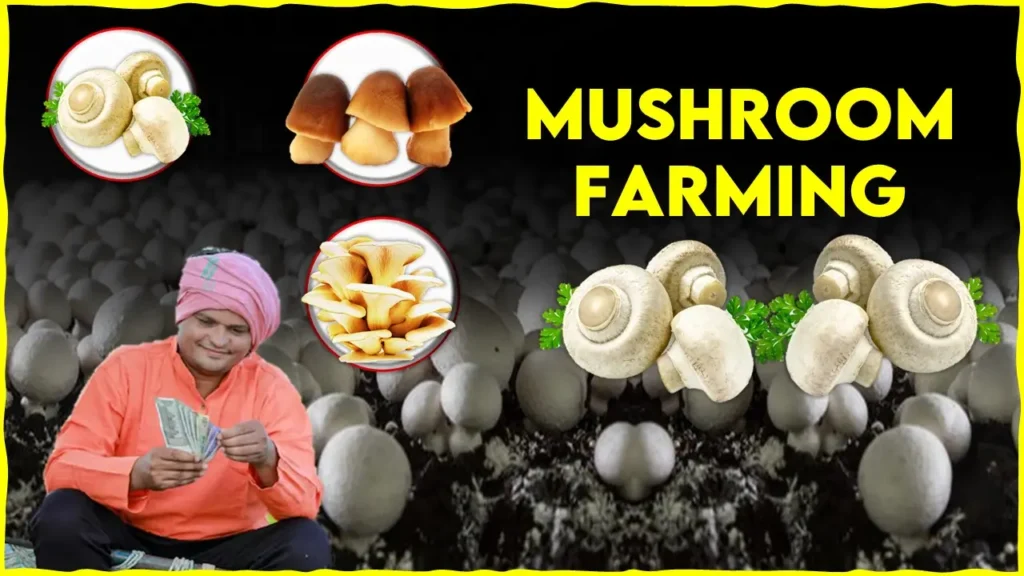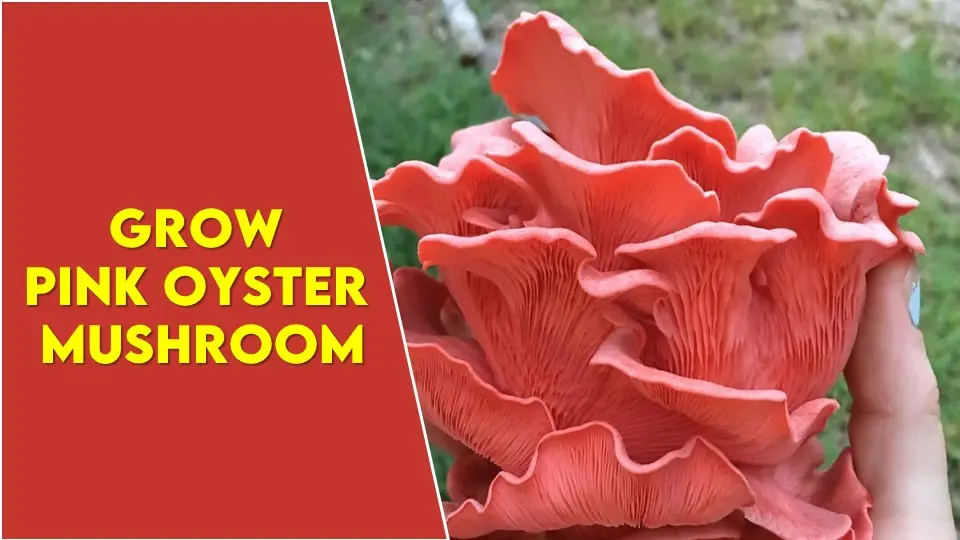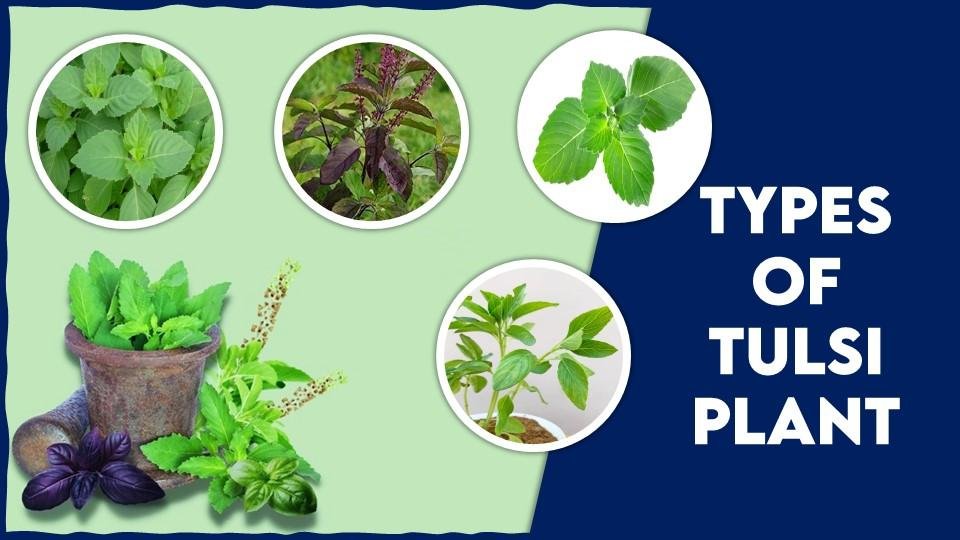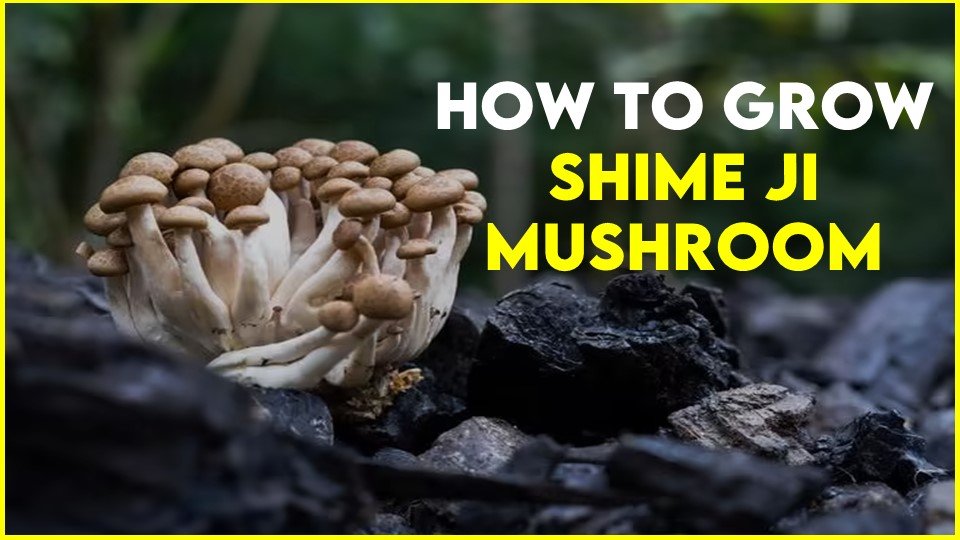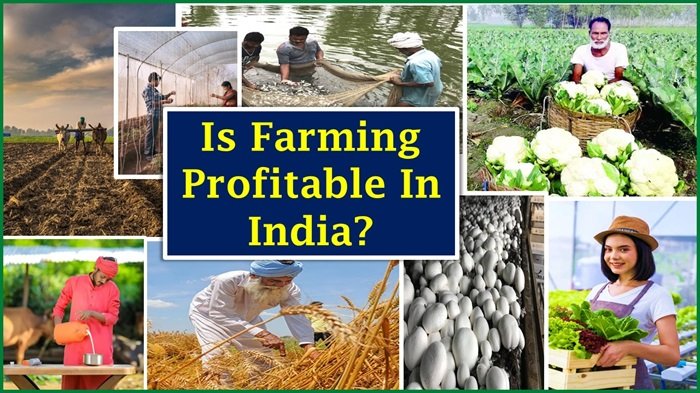Carbon credit market- Kuldeep Singh Cheema in his early 30s in 2011 took over the responsibility of household farm. In the beginning he faced many fam-based challenges like depleting ground water, energy, fertlizers etc. So, he comprehended to practice unconventional farming practices and started carbon credit for farmers in India to minimise the damage to crops and animal health.
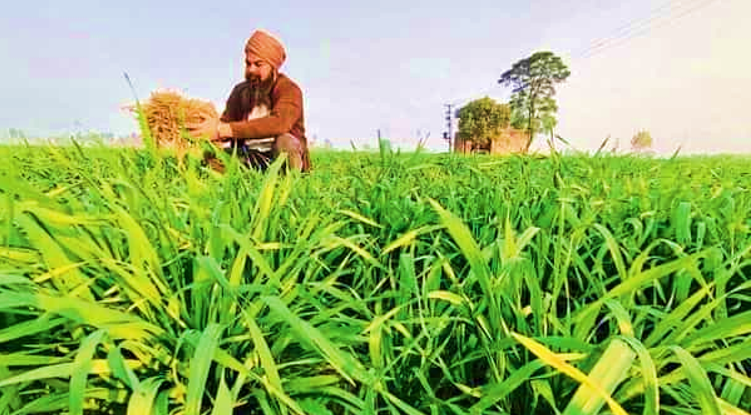
He followed the direct seed rice (DSR) methodology instead of the conventional methodology which helped him to save water, labor costs. Additionally, these unconventional methods reduced the quantity of methane gas emissions from his flooded fields.
Upon the harvest, unlike the traditional farmers in the province of Punjab and Haryana Cheema Agro Farms & Land Development didn’t set the stubble on fire which worsens air quality and one of the major concern in the national capital Delhi region. Instead of tilling the ground, he spread the stubble out with a mulcher and sowed wheat seeds using a Happy Seeder machine.
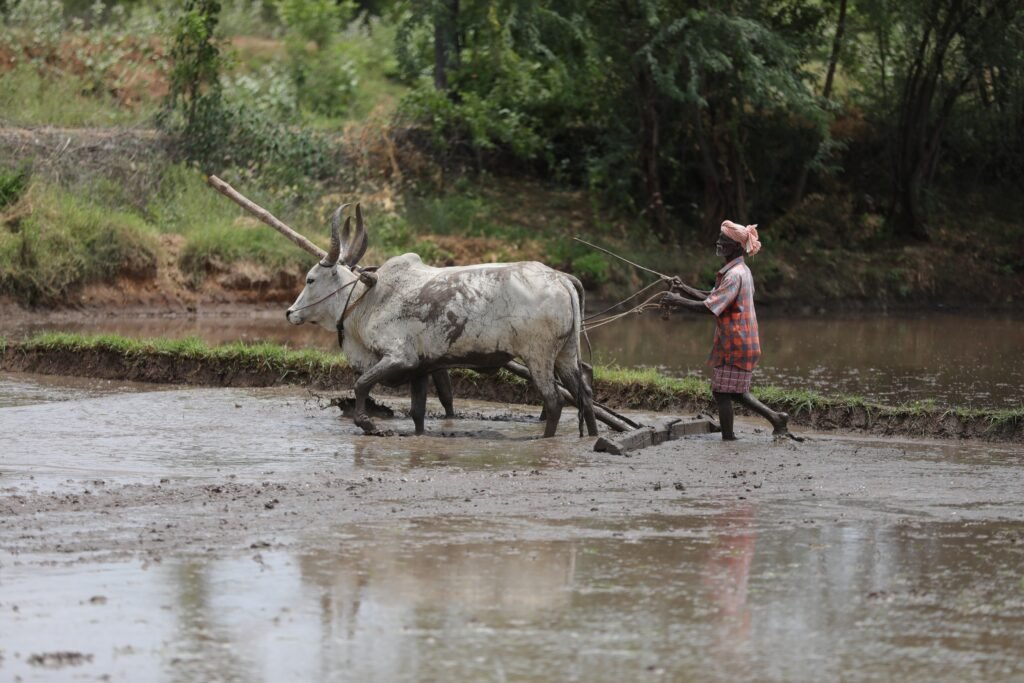
The zero-till wheat contributed to the land’s ability to hold onto natural carbon while also improving soil fertility and moisture through mulching. The final result was less usage of nitrogenous fertilizers like urea, less irrigation, decrease in weeding prices.
Cheema stated my neighbors used to taunt him by saying “sardarji pagal ho gaye” (the man has gone crazy), but the reality was his yields improved by 5-7% for wheat and rice crop with fewer inputs like urea, water, and employed labour. Cheema has been a part of a carbon credit India programme since 2019.
According to the FAO, agriculture and related land use emissions accounted for 17% of the all-greenhouse gas emissions from all sectors in 2018.
Read More:
Let’s learn about the Carbon Credit Market in India and How it Helped the Farmer:
Carbon credits are payments made for implementing climate friendly practices which reduce carbon emissions.
For example:
If Cheema adopts climate-friendly practices, he may generate one credit per acre of land every year which is equivalent to removing one tonne of carbon dioxide from the environment. The credits could be sold for $15 apiece in the global voluntary carbon market.
For instance, if Cheema could generate a credit for each acre every year on his land which is around 65 acres, he could receive a payment close to $4,000 for four years.
Cheema said “The savings and yield advantages are enough for me. What I receive from carbon credits will be an incentive and encouragement for farmers like me to adopt climate-friendly practices.”
How carbon credit actually works?
In 1997, the first idea of a carbon marketplace was introduced. This idea came from Kyoto Protocol which operationalized the United Nations Framework Convention on Climate Change by committing nations to limit and reduce greenhouse gas emissions (GHG). In Agriculture, the carbon credits can be generated in various ways.
For example:
Verra, a non-profit which runs the world’s leading verified carbon standard programme. Once farmers are enrolled in carbon credit programme for farmers in India, the project is usually registered with Veera.
After a project is listed in Veera (or with gold standard, another registry) the carbon credits are generated after 18-24 months of documented practise change by the farmers, the credits are verified by the third-party rating agencies.
Once the process is complete, the verified credits are then put up for sale. After the sale the farmers receive about 75% of the payment, While the rest pays for implementation cost and project Carbon Credit lifecycle developers margins (like growing mahyco grow indigo).
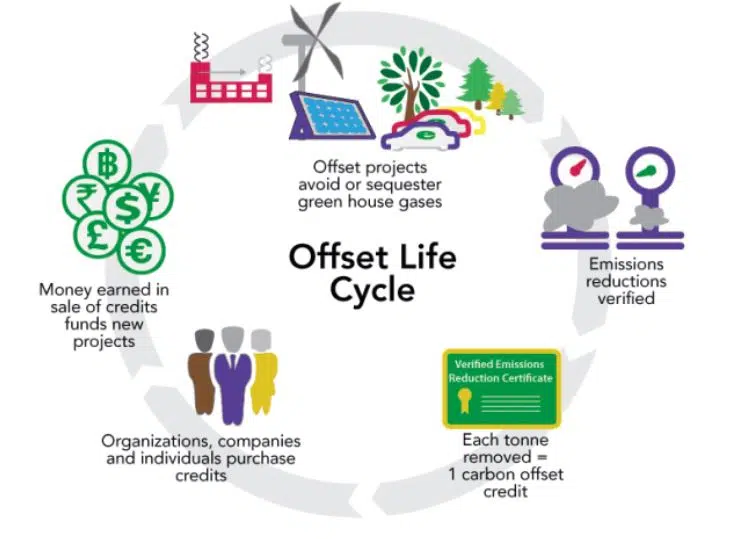
Also Read:
- How makhana is made | Makhana farming
- How SabjiKothi is helping farmers to save their money
- Millets Map of India
How Carbon credits is measured?
Carbon credits in agriculture are measured by two distinct pathways
Carbon avoidance say, by reducing use of fertilizer and energy on the farm, which are easier to quantify.
Carbon sequestration (absorption of carbon in soil), however, is difficult to quantify. If a farmer goes back to tilling her field after a few seasons, the stored carbon may get released. This means the release of carbon was only delayed by a few years—and that is not a carbon credit worth buying.
Emerging Market for Carbon Credits | Kuldeep Singh Cheema
In India carbon credit programme is an emerging market. Grow indigo agritech start-up, a joint venture of Mahyco Grow and US based Indigo Ag. Grow Indigo has so far enrolled 50,000 acres across 20 districts in Punjab, Haryana and capital city of India. It has a target to enrol 150,000 acres to this programme by March 2023.
So far, Grow Indigo has raised about $13 million from investors. Carbon credits generated from commercial agriculture isa emerging market but estimated to grow $4-5 billion in the next five years in Indian market
Varaha Carbon Credits, another agri startup launched in August 2022, raised $4 million in seed funding in December. Creduce Ahmedabad-based carbon credit advisory firm, is developing a handful of agriculture and agro-forestry projects. Shailendra Rao, founder and MD of Creduce. Said “Market estimates suggest that the global voluntary carbon market is poised to become $50 billion by 2030 and $400 billion by 2050.
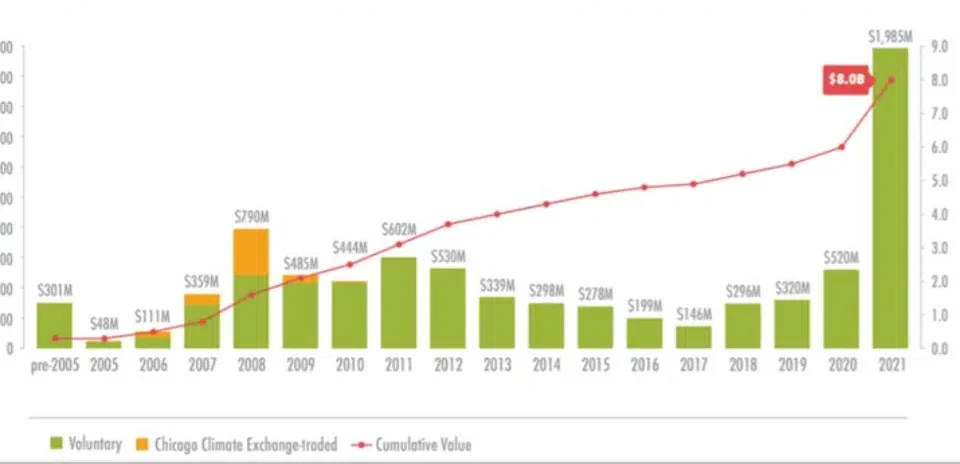
Rattan Lal, soil scientist and winner of the World Food Prize 2020 also cautioned that it is a short-term strategy to mitigate human induced climate change. “A long-term solution lies in developing alternatives to fossil fuel. Yet, soil organic carbon sequestration buys us time during which alternatives to fossil fuel are developed and implemented. It is a bridge to the future”.
Read More:
- Jugadu Kamlesh now ready to help farmers with his innovative Ideas
- This Bangalore-based Floral start-up (Hoovu Fresh) has accomplished 8 Cr turnover
- Impact of E20 fuel on agriculture
There is huge market for the carboncredits in future. Though regenerative agriculture is not a permeant solution to curb carbon emissions, but it is a viable start. This Kuldeep Cheema carbon credit programme is an extra source of income to the farmers. As the world is shifting to climate friendly solutions which mitigate greenhouse gas emissions.
Related Post
- How to Grow Cinnamon Plant
- Bamboo Drip Irrigation System in India : a unique Setup
- Dairy Farming in India: An Amazing Business Idea
- Polyhouse Farming: Advantages, Cost, Subsidy and Suitable Crops
- Drip Irrigation Cost per Acre: Best Guide of Cost, Subsidy and Installation
- Mushroom Farming in India : Best A-Z Guide
- How to Grow Pink Oyster Mushroom: A Comprehensive Guide
- 4 Amazing Types of Tulsi Plant : Care for Tulsi Plant
- How to Grow Shimeji Mushrooms: 2 Way to grow
- 12 Amazing Gucchi Mushroom Benefits That You Didn’t Know
- Is Farming Profitable In India? A Comprehensive Guide
- Jugadu Kamlesh innovative Ideas to help Farmers – Shark Tank Featured


